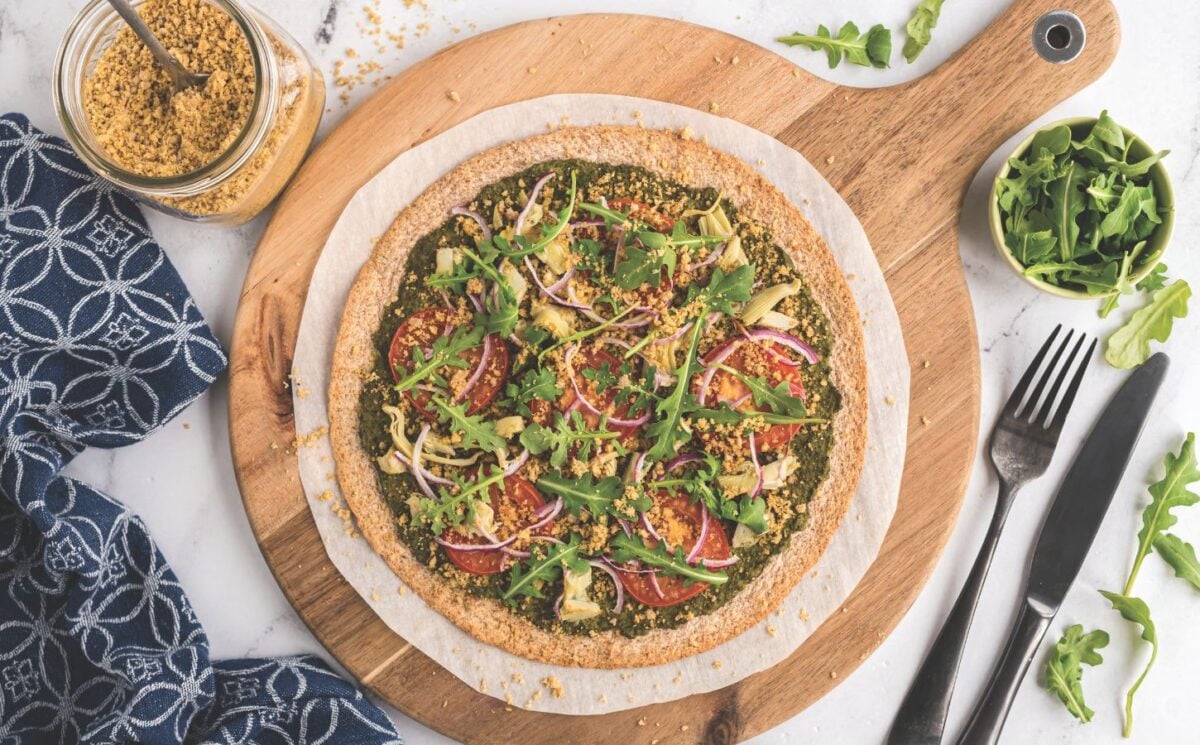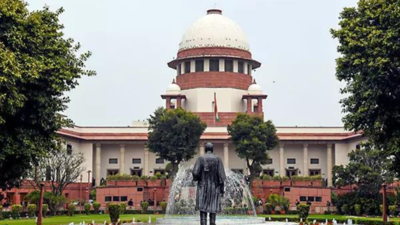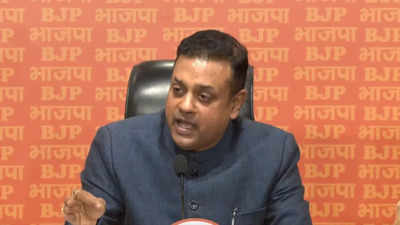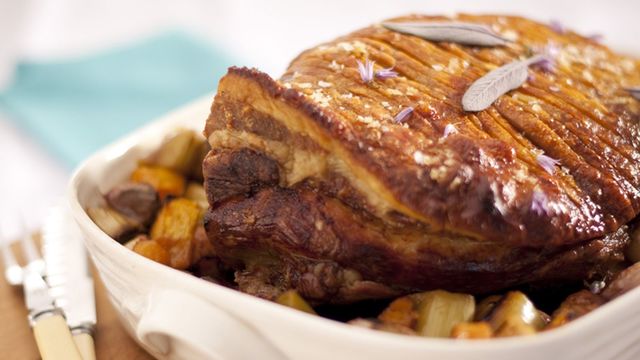
A certain politician recently declared that the White House would smell like curry if their opponent won the election — like it was a bad thing. I thought that after Bridgerton, we were done with the curry jokes. Because curry can’t be reduced to a cartoon stereotype.
It isn’t just one specific dish. It’s a culinary titan. “Indian curries are an intricate tapestry, woven with a vibrant medley of spices that harmonize to craft a culinary masterpiece,” said Chef Sujan of newcomer Indian molecular gastronomy sensation Baar Baar.
Worldwide, the word ‘curry’ is a kaleidoscope, evoking the identities and cultures of people with their own versions of the dish. In L.A.
, Indian, Chinese, Thai, Burmese, and Japanese arrivals brought their own recipes with them, infusing the city with their own aromatic contributions. Angelenos — it's time to release this exuberant creation from its narrow cavern and embrace its magnitude. Here’s your journey across curries and cultures.
When writing my own book on Indian spice blends, Masaleydaar: Classic Indian Spice Blends, I found early references to ‘curry’ in mid-19th century British and French cookbooks. This loose term (which originates in South India) referenced sauce-based dishes containing spices like turmeric, ginger, and pepper. Some offered shelf-stable curry powder recipes, but no two recipes for curry powder were alike, and some contained as many as 20 ingredients! And yet, the word stuck, minus cultural or geographical references, and continued to define many dishes originating across Asia.
While colonial powers continued to appropriate and profit from Asian cuisines, many Chinese immigrants came to Los Angeles to feed California’s Gold Rush. By the mid 1950s, many Thais also came to the city. As with any immigrant community, some returned to their home countries, others stayed.
Buddhist places of worship served both these communities. Celebrity chef of Thai origin, Jet Tila, observes the overlap between religion and food. “For Thai people, curry symbolizes the influence of Buddhism.
Curry and Buddhism almost go hand-in-hand because they both are from India and are ubiquitous in the culture," he said. "We don't make Masala, we've adapted the idea of curry into a herb paste, more indigenous to the geography of Southeast Asia.” Where to go: Wat Thai temple in North Hollywood Established in 1979, Wat Thai has long served Buddhist Thais.
Now, every weekend their parking lot transforms into a robust and lively food market, as local vendors showcase unique Thai dishes. This is the best place to sample homestyle Thai delicacies like (Kaeng) Tai Pla Curry, fermented fish from Southern Thailand or Northern style Thai Khao Soi, a yellow curry broth with egg noodles, pickled mustard greens, chili oil, and chicken legs. Go hungry.
Fo Guang Shan Hsi Lai Temple in Hacienda Heights In contrast, Fo Guang Shan Hsi Lai Temple offers a respite from the high-octane energy of Greater Los Angeles. This serene meditation and learning space showcases Chinese culture and Buddhism within its expansive complex of tan, tiled-roofed prayer halls surrounding grand courtyards. Unlike Thai Buddhists, many Chinese Buddhists are strictly vegetarian, so the modest dining hall serves only vegetarian meals during limited hours.
Its ambience and food reflect the peaceful harmony of the temple. By some records, the Japanese community was part of Los Angeles at a few thousand strong even in the early 1900s. Jane Matsumoto, director of Culinary Arts at the Japanese American Culture & Community Center, said “Japanese food culture in the United States has undergone significant evolution since World War II,” adding that classic Japanese foods are often seen only during traditional celebrations.
Where to go: Coco Ichibanya The popular Japanese food chain boasts four locations in metro Los Angeles. Well known for customizable Japanese curries, rich with cinnamon and chili powder, they're served with rice, or surprisingly, naan, which is perfect for soaking every saucy droplet from the bowl. They even offer two unique condiments: pickled radish and tobikara.
Tobikara is a dusting spice that reminds me in both taste and texture of mealtime accompaniments in Indian homestyle meals: a spicy methkut from my home state of Maharashtra, western India, or a podi from my husband’s home state in Tamil Nadu in southern India. Tasting something so close to home, in an L.A.
Japanese chain, warms my heart. All immigrants cook with a bit of nostalgia for their home countries. Irvine resident and board member of Les Dames d'Escoffier International, Anita Lau, grew up in Malaysia.
She would cook Japanese curry for her son because it was milder. While Japanese curry remains her son's comfort food, Lau prefers the more robust Thai, Malaysian, and Indian curries. "There is a great deal of care towards the preparation of the spice base.
.. they have a good bit of heat, and complexity.
.. my favorites,” Lau said.
She isn’t wrong. Vietnamese refugees came to L.A.
in the mid-1970s and have created a robust Little Saigon in Westminster, capable of teasing the taste buds into deliriously dizzying heights. Like any Indian grocery store, the spice aisles are stocked high with pre-assembled spice blends for different kinds of pho and Vietnamese curries, with familiar spices like black pepper, black cardamom, and bay leaf. Where to go: Brodard in Fountain Valley Brodard offers a few varieties of curries for those who aren't ready to cook just yet, including a goat curry served with a classic baguette, perfect for dunking into the fragrant and decadent sauce.
An additional express location in John Wayne Airport (Gate 13/14, Terminal B/C), makes Vietnamese food even more accessible. Where to go: Mandalay Morning Star Mandalay Morning Star in Covina is worth a detour to the eastern edge of L.A.
County. Started by Burmese refugees in 1995, it not only offers prepared meals and prepared foods for take out, but is also a mini grocery mart. It prides itself in close-to-home flavors, like the saporous breakfast street food from Mandalay, Nan-Gyi Mont Ti.
A plate of rice noodles tossed in chickpea flour and topped with sliced chicken, garnishes and a bit of Burmese curry sauce comes to the table with a bowl of clear chicken stock, the breakfast of champions. Eventually, however, all these curry interpretations use similar spices (albeit in unique combinations), and connect diners to a cuisine thousands of years old — Indian cuisine. Weaving through time, geographies, trends, social status, embracing migrations and change, Indian food continues to evolve.
Indians have been in California as far back as the Chinese, first in the farming sector, and embracing all of California by the mid-60s. With it, they brought the breadth of Indian cuisine, and made it available to all. Where to go: Curry is an emotion, not a single recipe.
Through its many global interpretations, it showcases narratives of family, tradition and nostalgia and ties in what is here and now. It is the pulse of a community, chronicling their joys and challenges while nourishing their collective soul. It defines 'home' for millions of people, no matter where they are.
Indian cuisine is not not one dish and it is not just one curry. It never was..














